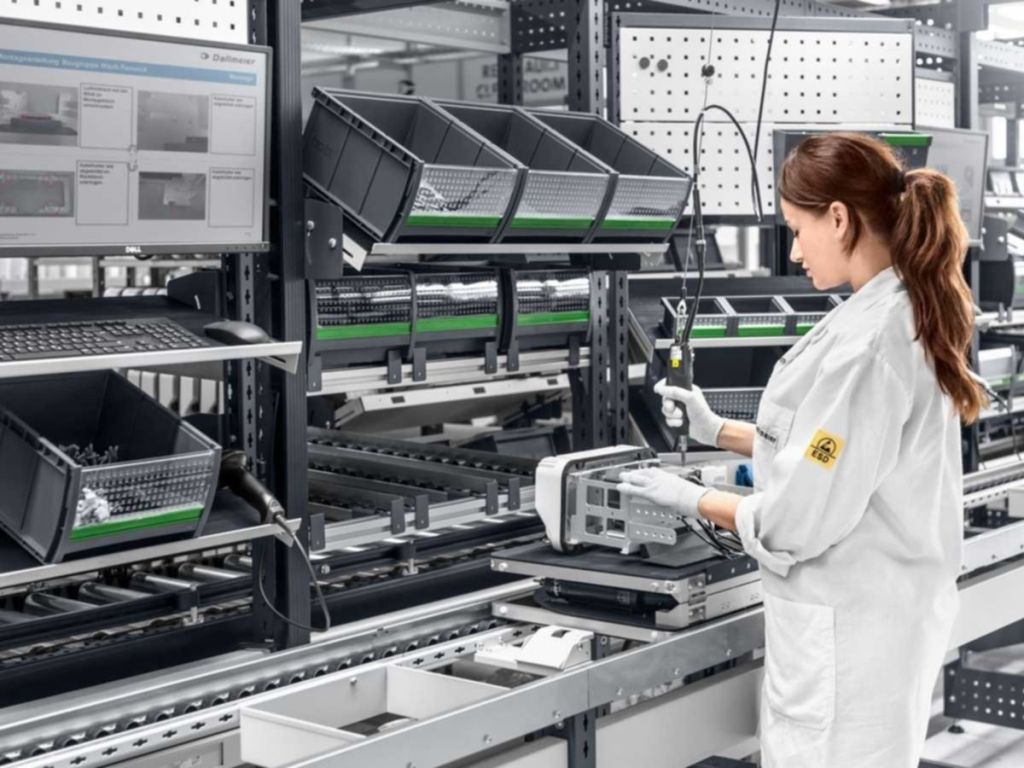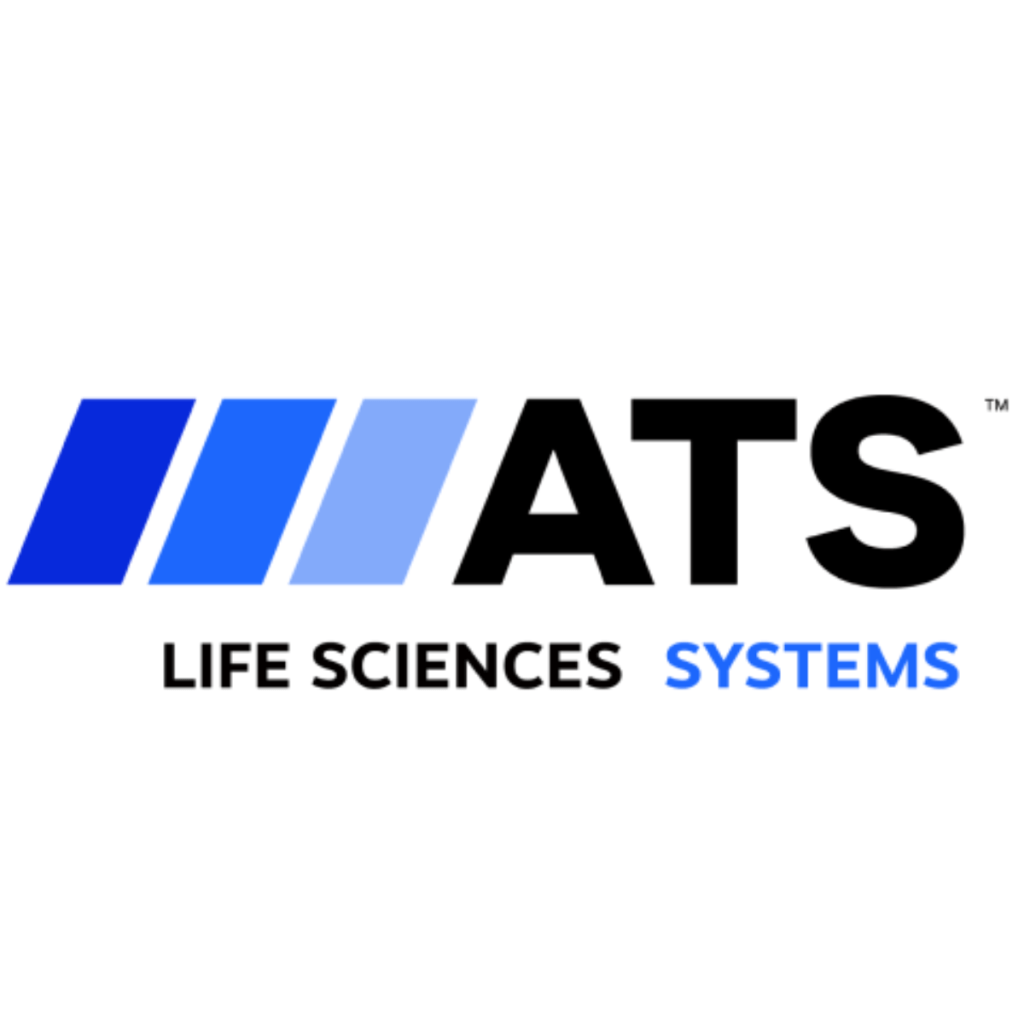It’s tough out there and the competition is fierce, no matter what industry you’re in or what product you’re introducing to meet a need – or create one. It’s a universal rule that whoever gets to market first gets the lion’s share, so there’s plenty of pressure to make each of your 24 hours a day work that much harder. But another rule says you can choose only two of good, cheap or fast.
So, when you have a great idea for a product but only 24 hours a day to bring it to market, what are the mistakes you can anticipate and hopefully avoid?
1. Indefinite delays to make it perfect
Time to market is often the difference between one company losing out to their competitor. A new product will inherently require numerous iterations, so don’t underestimate the value in learning through multiple prototypes. Of course, thorough engineering work is integral when designing a new product, but analysis paralysis can be a very real thing. Don’t be afraid to build something and ‘fail’ – what you learn will be more valuable than the cost of a prototype.
Add ongoing supply chain concerns and surging energy costs to the mix and ensuring you get the most from the materials you do have becomes an even greater priority.
2. Thinking that manual assembly of a prototype is the same as automated production
Don’t underestimate the degrees of freedom of a human operator. A common statement from customers who are new to automation is that “It will be very easy since we are already doing it now.” Take the time to closely watch an operator and the steps taken – do they selectively choose the ‘right’ parts to fit them together, do they dither and twist in a unique way for each new assembly, do they re-work or try a process multiple times to get it right? Now imagine if the operator had to follow the identical steps without ‘customizing’ their approach and if it would yield the same result.

Typical automation is based on repetitive and deterministic sequences; however, it is still possible to proceed with an automated solution before you have the ‘final’ product. Your automation partner – ATS Life Sciences can help you translate your concept into reality right from with fabrication, assembly, integration to the fine-tuning and installation of your final product. Being aware of which processes could change as part of bringing a new product to market allows for a flexible solution that can adapt as you learn together.
3. Not considering DfA (design for automation) or identifying critical part tolerance
Even though your immediate focus may not be producing hundreds of thousands of parts per year, it should be on your roadmap. A trusted automation partner will be able to provide strategic input regarding design modifications or component tolerances that could greatly simplify a future automation solution.
An increasingly common example we’ve seen throughout the global supply chain situation is leveraging multiple sources for supplied components. This helps to offset supply risk but be aware that molded plastic parts, custom webbing, formed springs, laminated foil, o-rings, etcetera, coming from Supplier A can be slightly different from those coming from Supplier B.
In cases where high accuracy assembly is required, overlooking critical dimensions, tolerances and datums on the part drawings can lead to unreliable assembly or a complex automation solution to compensate.
4. Not considering or forecasting production demand in the future
Plan for it now or pay for it later. Complex custom automation typically takes well over a year before validated product is ready for distribution. While only needing 10,000 units per year now may be the immediate focus as part of launching a new product, don’t neglect to plan for the eventual need to ramp up to 100,000 or millions of units per year. ATS Life Sciences offers contract manufacturing and turnkey repetitive equipment manufacturing (REM) services. Planning ahead will make the most effective use of your facility, resources and automation investments. Consider modularity, scalability and flexibility.

Remember that you can’t buy an off-the-shelf custom, production-ready solution to be installed on your factory floor when you need it.
5. Not partnering early with an experienced automation supplier
The further along you go, the more costly and time consuming it becomes to change something – whether it’s remodeling your kitchen or designing and launching a new product.
Hesitating or thinking it’s not the right time to engage with an experienced automation partner could end up costing significantly in the long term. A real customer example of this comes in the form of a now mature product with increased production demand. If something as simple as the positional locations/pitch of unique features within the product was addressed in the prototype phase, millions of dollars of unnecessary automation would have been saved over the course of commissioning dozens of systems. As it turns out, there wasn’t anything functional or critical about the original design, but at this late stage in the game, it would be far too disruptive to change and re-validate the product.
Five quick points to consider when designing your product, hopefully saving frustration – and dollars – as you move toward production. Plan for it now or pay for it later. Focus on being the product expert and rely on a trusted automation partner to be your automation expert.
Ready to start a conversation about your product – no matter where you are in the development life cycle? Contact us today!









 Contact Us
Contact Us  Subscribe
Subscribe  LinkedIn
LinkedIn  Youtube
Youtube